Continuously Variable Transmission explained
Unlike every other type of automatic transmission, CVT gearboxes do not have a set number of gears. Read the full story below to learn how it operates. Continuously variable transmission or CVTs are also known as variable diameter pulley transmissions.
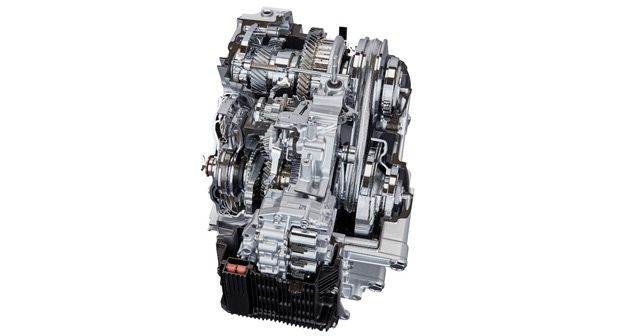
Unlike every other type of automatic transmission, CVT gearboxes do not have a set number of gears. Read the full story below to learn how it operates.
Continuously variable transmission or CVTs are also known as variable diameter pulley transmissions. Unlike other transmission systems, CVTs do not have a set number of gears. A CVT system uses a belt to transfer power from the input shaft powered by the crankshaft of the engine to the output shaft that sends power to the wheels of the car. The belt connects the two pulleys on each shaft and is operated by the axial movement of sheaves controlled electronically by the car’s systems. This allows the overall gear ratio of the car to be adjusted continuously by the transmission, hence its name - continuously variable transmission.
This is achieved by the movement of the pulley sheaves. The pulleys act like gears. When the sheaves of the output pulley are far apart, it acts as a small gear wheel for higher speed driving. And when the sheaves are closer together it acts as a larger gear to transmit more torque to the wheels. Since the length of the belt is always the same, the sheaves of the pulleys ensure both the sheaves of the input and output shafts adjust simultaneously.
CVT systems in modern cars use hollow shafts to adjust the position of the sheaves via oil pressure supplied by an oil pump. If you look between two sheaves on a pulley, the gap is V-shaped. This allows the CVT belt to move up and down between the sheaves as the size of the pulleys change, depending on throttle input based on the desired speed of the vehicle.
Modern CVTs use a steel belt made up of many identical steel elements bound together by several thin steel bands that bend easily. A CVT metal chain is made up of many rocker pins and plates.
The benefit of a CVT system is that since there are no gears, acceleration is always smooth. The pulleys may infinitely vary the gear ratios, but since there is no interruption in their operation, there are no jerks whatsoever.
The downsides of CVT systems include something called a rubber band effect. Rubber band effect essentially describes the attempt of the CVT to better fuel efficiency. What the gearbox does, in essence, is increase the gear ratio under hard acceleration as the revs rise. This naturally makes you realize that acceleration is not as brisk as it could be and it feels like something is holding the transmission back while accelerating.
The other limitation of CVTs comes in the form of a limited torque output since there is essentially one belt transmitting all the power.
CVT gearbox modes
P – Park
R – Reverse
N – Neutral
D – Drive
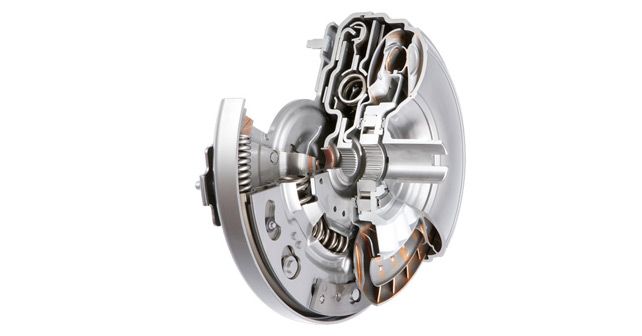
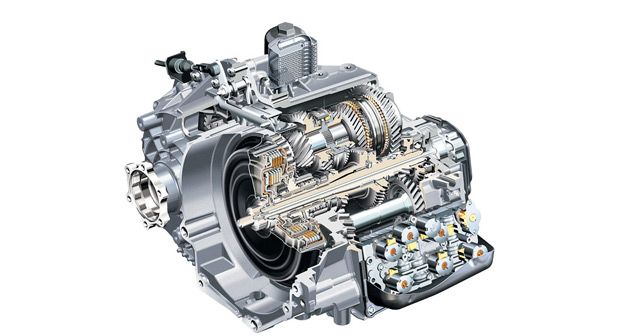
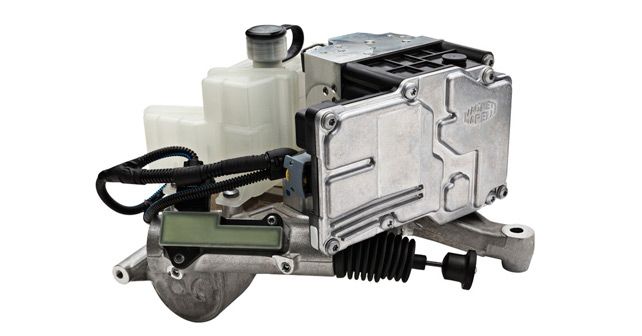





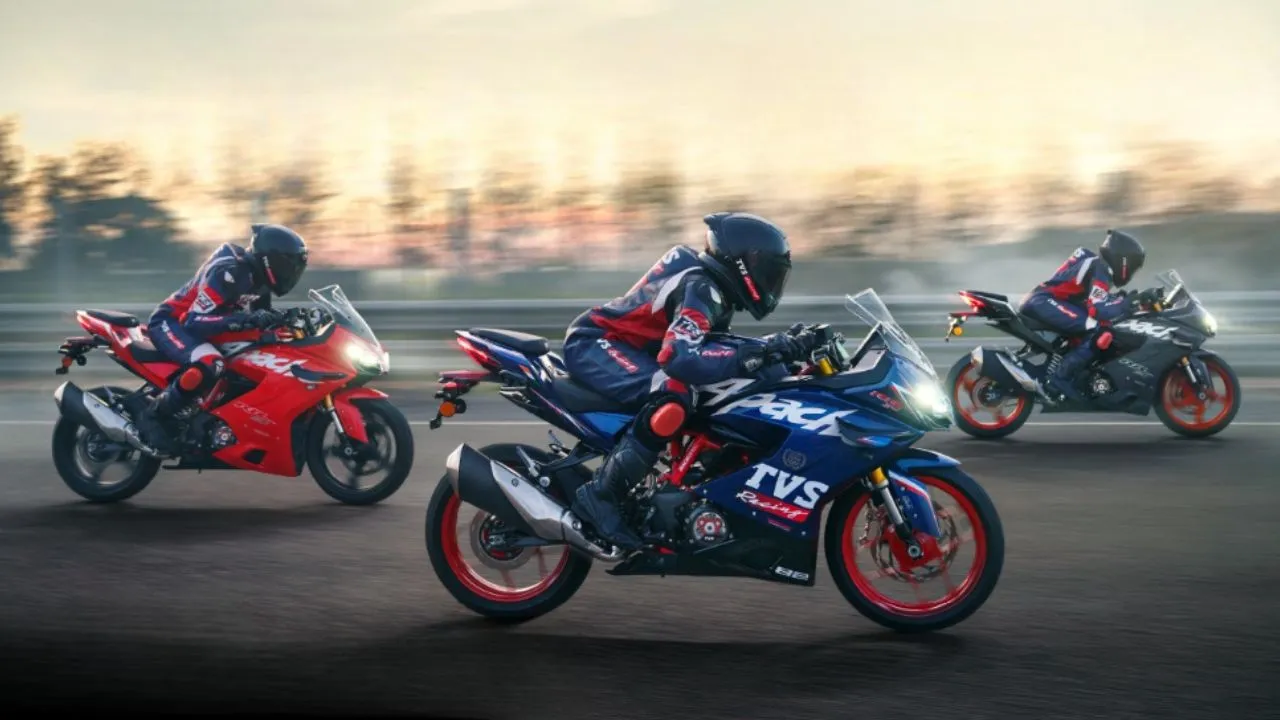
.webp)
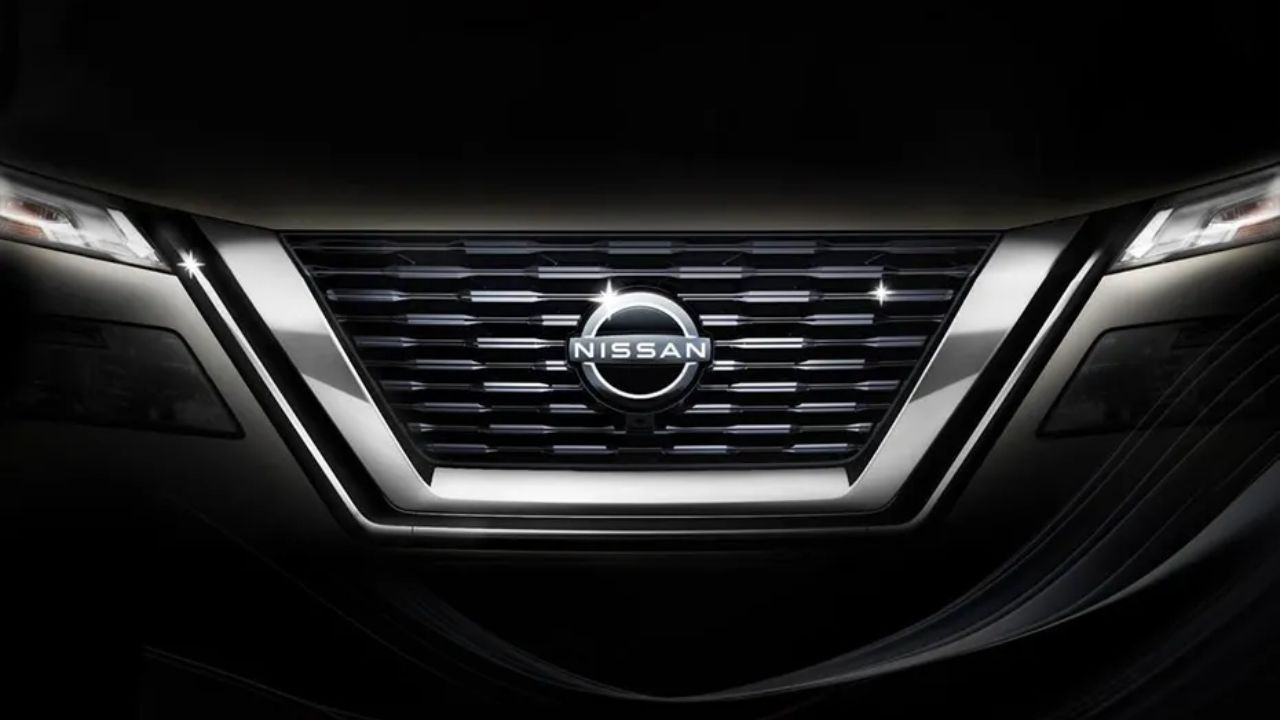
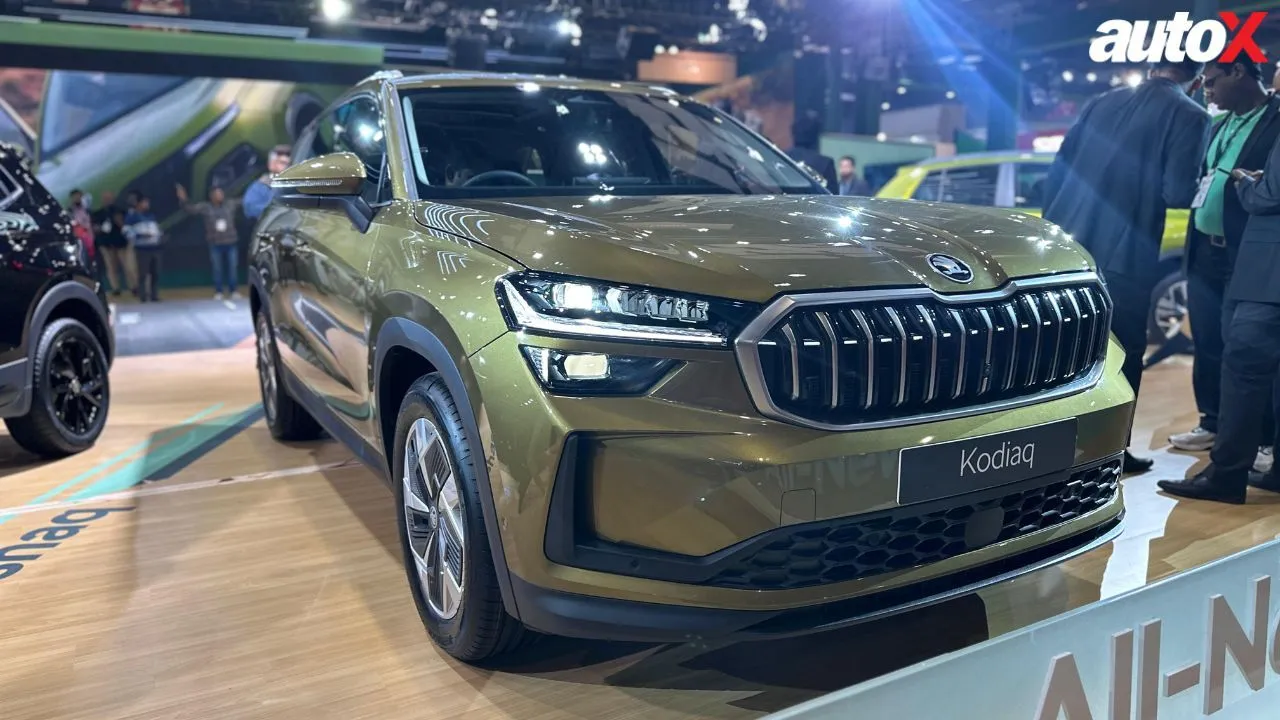






Write your Comment on